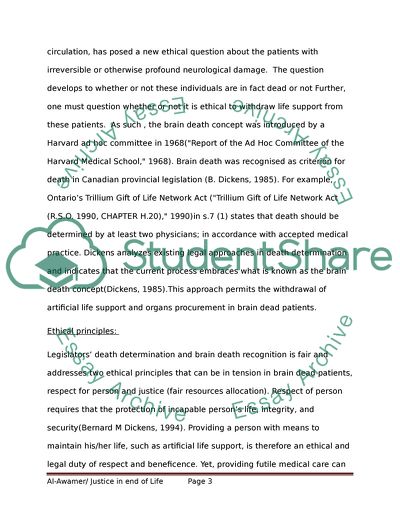Cite this document
(“Legal approch to bioethics Justice in end-of-life cases Essay”, n.d.)
Legal approch to bioethics Justice in end-of-life cases Essay. Retrieved from https://studentshare.org/law/1625234-legal-approch-to-bioethics-justice-in-end-of-life-cases
Legal approch to bioethics Justice in end-of-life cases Essay. Retrieved from https://studentshare.org/law/1625234-legal-approch-to-bioethics-justice-in-end-of-life-cases
(Legal Approch to Bioethics Justice in End-of-Life Cases Essay)
Legal Approch to Bioethics Justice in End-of-Life Cases Essay. https://studentshare.org/law/1625234-legal-approch-to-bioethics-justice-in-end-of-life-cases.
Legal Approch to Bioethics Justice in End-of-Life Cases Essay. https://studentshare.org/law/1625234-legal-approch-to-bioethics-justice-in-end-of-life-cases.
“Legal Approch to Bioethics Justice in End-of-Life Cases Essay”, n.d. https://studentshare.org/law/1625234-legal-approch-to-bioethics-justice-in-end-of-life-cases.


